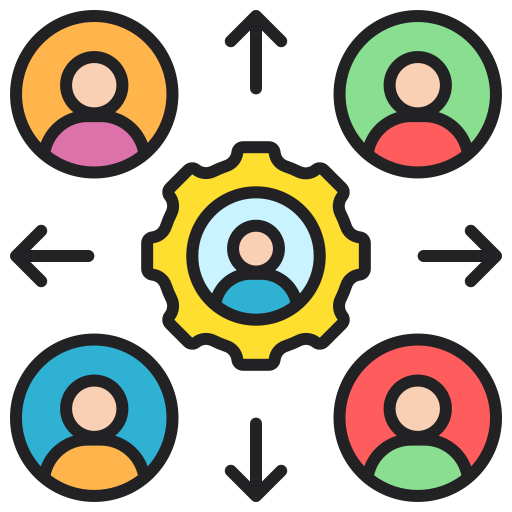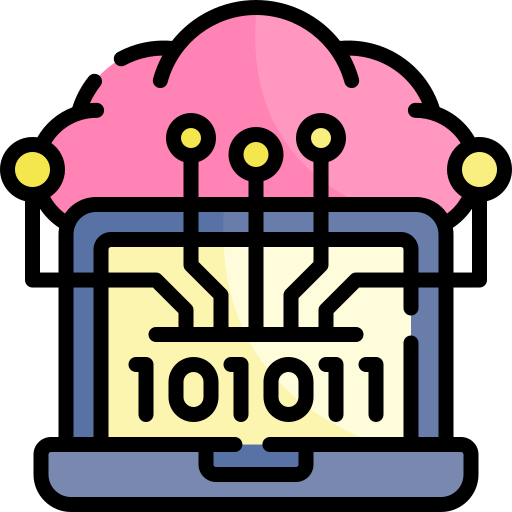In nowadays’s Development rapid-paced virtual world, mobile apps have emerge as an quintessential a part of our every day lives. From verbal exchange and enjoyment to productiveness and purchasing, mobile apps cater to a great array of needs and possibilities. The cellular app improvement enterprise has seen explosive boom in recent years, pushed by means of the increasing use of smartphones and tablets across the globe. Whether for iOS or Android, businesses and developers are focused on growing revolutionary, user-friendly, and functional cell packages. This article explores the key aspects of cell app development, the technique worried, and the developments shaping the enterprise.
What is Mobile App Development?
Mobile app development refers to the procedure of creating software program applications in particular designed to run on cellular devices inclusive of smartphones and tablets. These apps are evolved for exclusive structures, with the most not unusual being Android and iOS. Mobile app improvement includes coding, designing, testing, and deploying apps for cell systems, ensuring they characteristic seamlessly on various gadgets and meet person wishes.
Mobile apps may be classified into three main types:
- Native Apps: Built for a specific platform (iOS or Android), local apps are optimized for overall performance and provide the satisfactory consumer revel in.
- Web Apps: These are accessed through a web browser on a cellular tool. They are designed to function like a local app however run at the web, generally advanced the use of HTML5, CSS, and JavaScript.
- Hybrid Apps: Hybrid apps combine elements of both local and internet apps. They can be evolved as soon as and deployed throughout a couple of platforms (iOS and Android) using frameworks together with React Native or Flutter.
The Mobile App Development Process
Creating a mobile app is a established and multi-degree procedure that entails several key steps to make certain the app meets its desires, is consumer-friendly, and features easily. Here’s an outline of the standard cell app development manner:
1. Idea and Research
The first step in cellular app improvement is arising with an concept that solves a hassle or fulfills a want for the target market. After ideation, thorough market research and competitor analysis are essential to understand consumer necessities, present answers, and opportunities for differentiation. Research enables to shape the features and functionalities of the app and make certain its success in the competitive app marketplace.
2. Planning and Strategy
Once the idea and goals are clean, builders create a comprehensive plan outlining the app’s structure, key capabilities, and platform (iOS, Android, or each). This degree can also contain defining person personas, wireframing the user interface (UI), and mapping out the person experience (UX). A specified roadmap allows set timelines, assets, and price range estimates for the task.
three. UI/UX Design
The layout phase focuses on creating an intuitive, visually appealing interface and making sure a easy person experience. This includes designing the format, shade scheme, typography, and interactive elements. UX layout ensures the app is easy to navigate, while UI design makes a speciality of making the app aesthetically fascinating. Wireframes, prototypes, and mockups are created and reviewed earlier than finalizing the design.
four. App Development
The development degree entails real coding, wherein builders write the app’s backend and frontend code. During this segment, the app’s capability is constructed the use of programming languages and frameworks suited to the platform, consisting of Swift for iOS and Kotlin or Java for Android. Developers integrate numerous functions, consisting of APIs (Application Programming Interfaces), 0.33-celebration services, and databases. For hybrid apps, pass-platform frameworks like React Native or Flutter are regularly used.
five. Testing
Once the app is evolved, large testing is conducted to make sure it really works correctly on one-of-a-kind devices and operating structures. This phase identifies any insects, overall performance problems, or usability problems that need to be constant. Testing entails several types:
- Functional Testing: Ensures the app’s functions paintings as anticipated.
- Performance Testing: Measures how nicely the app plays below varying situations (e.G., load instances, memory usage).
- Usability Testing: Ensures the app is straightforward to apply and intuitive.
- Security Testing: Ensures the app is safe from vulnerabilities and breaches.
6. Launch and Deployment
Once the app passes checking out, it’s ready for deployment. For iOS apps, builders put up the app to the Apple App Store, while for Android apps, they publish it to the Google Play Store. Before submission, apps should follow the store’s tips and bypass an approval manner. After approval, the app is made available for down load through customers.
7. Maintenance and Updates
App improvement doesn’t prevent after launch. Ongoing preservation is crucial to preserve the app updated with the present day functions, restore insects, and ensure compatibility with new OS versions. Regular updates based on person comments can assist enhance the app’s functionality and hold users engaged.
Key Considerations in Mobile App Development
Several factors make contributions to the achievement of a cell app, which includes:
- Platform Choice: Deciding whether or not to develop a local, hybrid, or web app relies upon on factors like target audience, finances, and preferred capability. Native apps offer the nice performance, even as hybrid apps are price-powerful for pass-platform compatibility.
- User-Centric Design: Prioritizing user experience and interface design is vital. A properly-designed app is more likely to be adopted and encouraged through customers. Focus on intuitive navigation, responsive design, and attractive visuals.
- App Performance and Speed: Speed is essential in cellular apps. Slow loading instances or laggy overall performance can result in terrible critiques and extended user churn. Developers want to optimize the app for quick and green overall performance.
- Security: With the developing challenge over records breaches, making sure app safety is a pinnacle precedence. Secure authentication, encryption, and adherence to privacy regulations are key components of cellular app protection.
- Monetization Strategies: If the app is intended for industrial functions, builders have to determine on a monetization method, such as in-app purchases, subscriptions, advertisements, or a one-time buy price.
Trends Shaping Mobile App Development
The mobile app improvement industry is continuously evolving, driven by technological advancements and consumer demands. Some of the modern-day traits encompass:
- Artificial Intelligence (AI) and Machine Learning (ML): AI and ML are being included into mobile apps for enhanced person reviews, including personalized tips, voice assistants, and predictive textual content.
- Augmented Reality (AR) and Virtual Reality (VR): AR and VR technology are transforming industries like gaming, retail, and training by way of supplying immersive reports without delay from mobile devices.
- 5G Technology: The rollout of 5G networks will considerably enhance app performance, permitting faster records speeds and more desirable actual-time studies, along with awesome video streaming and gaming.
- IoT Integration: Mobile apps are increasingly more being used to govern and monitor IoT devices, from smart home systems to wearable fitness tech, creating extra connected and automated environments.
- Blockchain Technology: Blockchain’s decentralized nature presents added security and transparency, especially in industries like finance, fitness, and deliver chain management.
Conclusion
Mobile app improvement is a dynamic and continuously evolving subject that requires cautious making plans, layout, development, and ongoing protection to make sure the app meets customers’ wishes and stands proud in a competitive marketplace. With the right approach and attention to consumer experience, agencies and developers can create mobile apps that supply fee, enhance person engagement, and drive fulfillment. As era maintains to boost, the destiny of cellular app development promises even greater exciting possibilities, from AI and AR to 5G and blockchain integration, making it an exciting time for both developers and customers alike.










